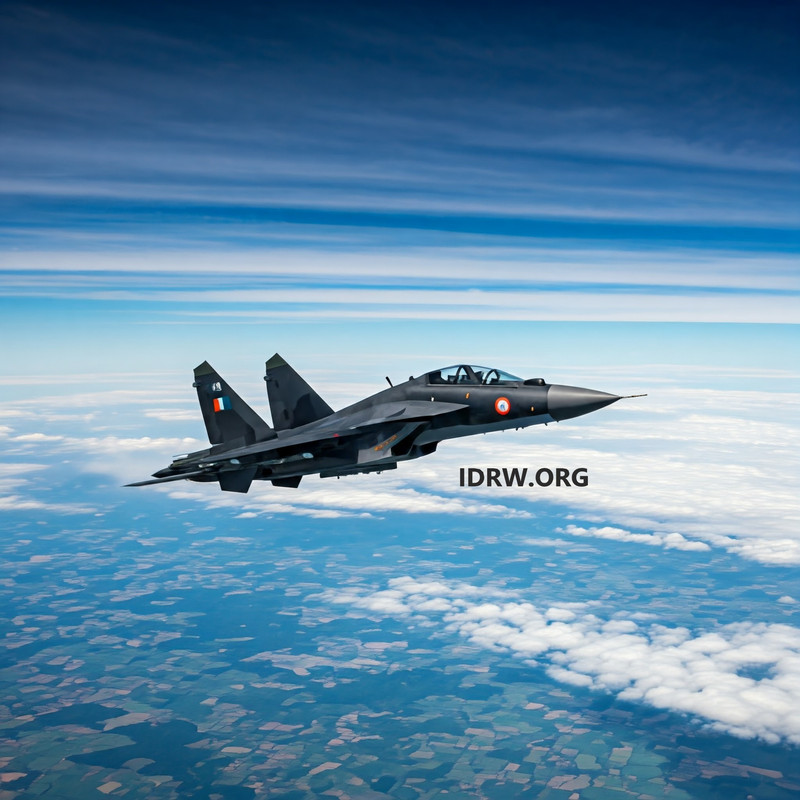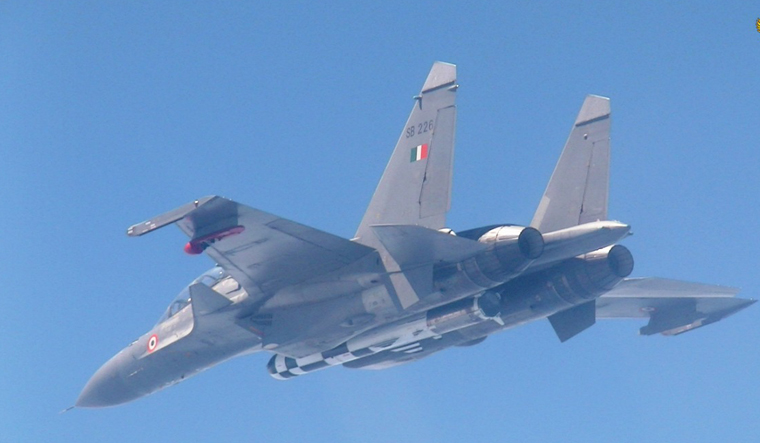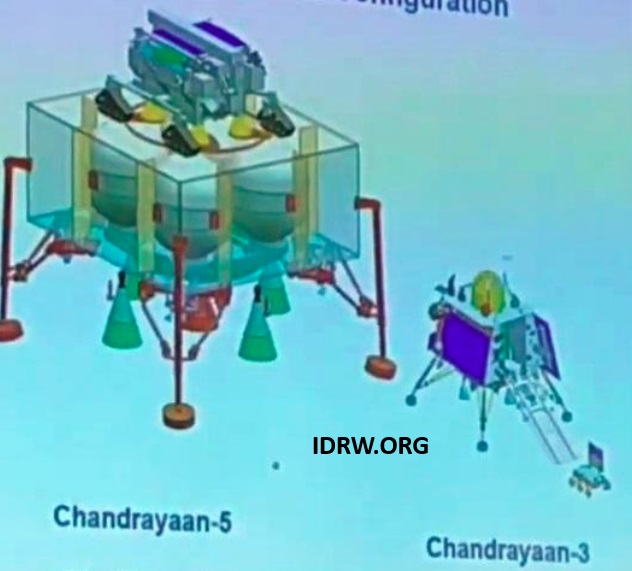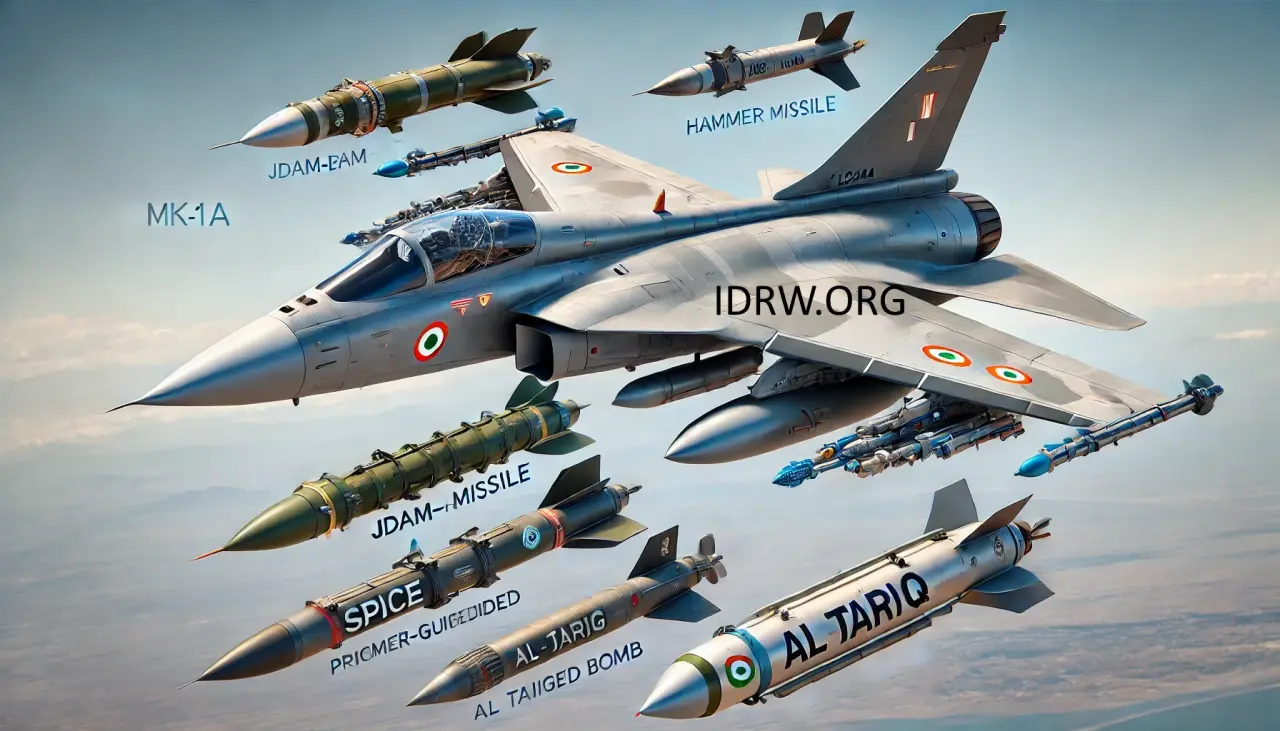SOURCE: AFI


The Indian Army is set to further bolster its training capabilities with the induction of additional 81 MM Mortar Simulators. These advanced simulators are designed to provide realistic and effective training to infantry soldiers, specifically focusing on Mortar Fire Controllers (MFCs) and Mortar Position Controllers (MPCs).
The 81 MM Mortar Simulator has been developed to meet the specific training requirements of the Indian Army’s Infantry branch. By utilizing computer-assisted training, the simulator offers a highly immersive and interactive learning experience. It enables simultaneous training for multiple trainees, allowing them to work together in a simulated battlefield scenario.
Continue readingSOURCE: AFI


In a world where security challenges are ever-evolving, military ties between nations have never been more crucial. The recent visit of the Army Chief to Nepal marks a significant step towards strengthening defense collaboration in the region. With an eye on boosting military ties and enhancing defense modernization, this tour is not just about diplomacy; it’s about forging lasting partnerships that can adapt to contemporary threats. As both countries seek to enhance their strategic capabilities, the implications for regional stability could be profound. Join us as we delve into what this high-profile visit means for military relations and security cooperation in South Asia.
The Indian Army has a long-standing tradition of recruiting Nepali Gorkhas into its ranks. Currently, there are 43 Gorkha battalions serving across various Gorkha regiments, with Nepali Gorkhas forming about 60% of each battalion. This unique recruitment arrangement has been a cornerstone of India-Nepal military relations for decades, symbolizing the shared history and mutual trust between the two nations.
Continue readingSOURCE: RAUNAK KUNDE / NEWS BEAT / IDRW.ORG


The Indian Air Force (IAF) and Hindustan Aeronautics Limited (HAL) are preparing to commence the long-anticipated ‘Super Sukhoi’ upgrade program, a significant modernization initiative for the Su-30MKI fleet. The program aims to enhance 84 Su-30MKIs with advanced avionics, radar, weapon systems, and electronic warfare capabilities, bringing them close to fifth-generation fighter standards, albeit without stealth features. This project is crucial for ensuring the Su-30MKI’s operational relevance until at least 2060.
The Super Sukhoi upgrade will be executed in two main phases, with each phase incorporating progressively advanced technologies to enhance the Su-30MKI’s performance.
Continue readingSOURCE: RAUNAK KUNDE / NEWS BEAT / IDRW.ORG


BrahMos Aerospace, a joint venture between India’s Defence Research and Development Organisation (DRDO) and Russia’s NPO Mashinostroyeniya, is progressing with a significant upgrade to its BrahMos-A air-launched cruise missile (ALCM).
The range of this supersonic missile, currently operational at 450km, will be expanded to nearly 800km, reinforcing its position as one of the most lethal air-launched precision strike systems in the world. This enhancement marks the second major upgrade for the BrahMos missile system and reflects India’s ongoing commitment to bolstering its air-to-ground strike capabilities.
Continue readingSOURCE: RAUNAK KUNDE / NEWS BEAT / IDRW.ORG


European missile manufacturer MBDA already has deepened its collaboration with India’s defence ecosystem by expanding the manufacturing of 15 major subassemblies for its MICA (Missile d’Interception et de Combat Aérien) missile. The partnership spans complex areas like mechanical, electrical, electromechanical, and pyrotechnic components, underscoring MBDA’s commitment to localizing advanced technology production within India. With the success of this collaboration, MBDA has ambitious plans to further leverage India’s defence manufacturing capabilities in its development of the next-generation MICA NG missile.
Scheduled for delivery starting in 2026, the MICA NG (Nouvelle Génération) is designed as a comprehensive upgrade of the existing MICA missile family, which has been in operational service with the French Armed Forces and 14 other nations. The MICA NG aims to be a seamless replacement, featuring substantial design improvements while preserving the current missile’s aerodynamics, mass, and centre of gravity to maintain compatibility with existing platforms and launchers. This approach will allow easy integration with systems already equipped with MICA, minimizing adaptation costs and requirements.
Continue readingSOURCE: AFI


India successfully conducted a test of its Long-Range Anti-Ship Missile System on 16th Nov 2024 from Dr APJ Abdul Kalam Island, off-the-coast of Odisha. as per DRDO, the Long-Range Anti-Ship Missile System test is a significant milestone in the country’s hypersonic weapons program. With this achievement, India joins an elite group of nations possessing nearly all categories of hypersonic weaponry.
Recent trials feature a Boost-Glide Vehicle configuration. Named the Long-Range Anti-Ship Missile System, this test showcases India’s strides in developing advanced hypersonic systems tailored for dynamic military applications, including targeting maneuverable maritime threats.
Continue readingSOURCE: AFI


Airbus and Tata have collaborated to establish a comprehensive industrial ecosystem around the C295 aircraft programme, marking India’s first private-sector aircraft manufacturing venture. Under this groundbreaking project, the Indian Air Force (IAF) will begin receiving fully Indian-assembled C295 aircraft from 2026, while Airbus and Tata are already exploring export opportunities from India, aiming to make the country a significant player in the global aerospace industry.
The C295 programme marks a transformative shift in Indian defense manufacturing. As the first instance where Airbus has deployed an entire production line outside its home countries, the initiative is being undertaken in partnership with Tata Advanced Systems Limited (TASL), a Tata Group subsidiary. Through this partnership, 56 C295 aircraft will be delivered to the IAF, positioning India as the largest C295 operator worldwide.
Continue readingSOURCE: AFI


The narrative that India has acquired the Russian S-300 missile defense system to safeguard major cities like Mumbai and Delhi has been circulating for years, often resurfacing with discussions on India’s defense capabilities and its long-standing ties with Russia. However, this claim is inaccurate, and India has not deployed the S-300 air defense system as part of its current defensive strategies for protecting these cities.
India’s interest in the Russian S-300 system dates back to 1998. At that time, the Indian government was considering a robust defence upgrade to bolster its air defence capabilities and counter potential aerial and missile threats from adversaries. The S-300V, known for its capability to intercept aircraft and ballistic missiles, was one of the systems under consideration. Russia’s S-300V was considered one of the most advanced air-defence solutions available in the 1980s, capable of defending against a variety of threats, including high-speed aircraft and some ballistic missiles.
Continue readingSOURCE: AFI


India’s Chandrayaan program, which recently celebrated the successful landing of Chandrayaan-3, is poised to make a giant leap with Chandrayaan-5, also known as LUPEX (Lunar Polar Exploration Mission). This mission, a collaboration between the Indian Space Research Organisation (ISRO) and the Japan Aerospace Exploration Agency (JAXA), promises significant advancements in lunar exploration capabilities. Chandrayaan-5 is set to carry a considerably larger rover with enhanced scientific capabilities, aimed at furthering our understanding of the Moon and paving the way for future human exploration.
One of the most striking differences between Chandrayaan-3 and Chandrayaan-5 lies in the size and capabilities of the landers and rovers:
Continue readingSOURCE: IDRW.ORG.


During 2023-24, the Council of Scientific and Industrial Research-National Aerospace Laboratories (CSIR-NAL) made significant strides in the development of the RTA-90 regional transport aircraft. Key activities included extensive structural design and analysis, aerodynamic characterization, cockpit mock-up construction, and propulsion system advancements.
The RTA-90’s fuselage underwent detailed structural design and optimization, focusing on critical parameters like weight distribution, material thickness, stress points, deflection contours, and buckling eigenvalues. By simulating various load scenarios and estimating fatigue load spectrums, CSIR-NAL aimed to create a durable fuselage optimized for lightweight and resilient performance. This approach not only enhances the aircraft’s structural integrity but also contributes to fuel efficiency, crucial for regional transport operations.
Continue readingSOURCE: AFI


India’s indigenous LCA-Tejas Mk1A, an advanced version of the Light Combat Aircraft Tejas, is set to feature a broad array of sophisticated munitions, including JDAM-ER, HAMMER missiles, SPICE Precision-Guided Munitions (PGMs), Al Tariq guided bombs, and DRDO’s locally developed TARA Smart Bombs. This strategic approach makes the Tejas Mk1A one of the few fighter platforms in the world equipped to deploy weapons from multiple countries, highlighting India’s goal of diversifying its military capabilities while remaining self-reliant.
The LCA Tejas Mk1A, developed by Hindustan Aeronautics Limited (HAL) under India’s ‘Make in India’ initiative, was envisioned to strengthen India’s air combat capabilities with cutting-edge technology and versatility. By integrating a wide range of air-to-surface munitions from the United States, France, Israel, South Africa, and India itself, the aircraft can deliver precision strikes across various mission profiles.
Continue readingSOURCE: AFI


BrahMos Aerospace, the joint venture between India and Russia, is awaiting critical live trials of an indigenously developed seeker for the BrahMos missile system. Despite the successful development of the seeker as far back as 2018, it has yet to enter full-scale production due to pending trials. Officials have confirmed that a live test is expected soon, which will pave the way for large-scale procurement of locally produced seekers.
In 2018, the BrahMos missile achieved a significant milestone by successfully hitting a target with pin-point accuracy using an Indian-developed seeker. This development demonstrated India’s capability to replace imported components with indigenous solutions, aligning with the government’s Atmanirbhar Bharat (Self-Reliant India) initiative. However, further trials of the seeker have been delayed, hindering its induction into production lines.
Continue readingSOURCE: AFI


In a significant leap for India’s defense technology, IIT Kanpur has unveiled an indigenous drone designed specifically for military applications. Dubbed the “swadeshi” Kamikaze drone, this innovative system is tailored for the Indian Army, offering advanced capabilities for battlefield operations. The drone promises to transform tactical engagements by enabling rapid identification and neutralization of enemy assets.
This development aligns with the government’s Atmanirbhar Bharat initiative, emphasizing self-reliance in defense manufacturing. The drone represents a major milestone in India’s capability to produce state-of-the-art unmanned systems domestically.
Continue readingSOURCE: AFI


NewSpace Research and Technologies has unveiled its High Altitude Pseudo-Satellite (HAPS), named ARKA, following its record-breaking performance in achieving over 24 hours of continuous flight endurance. This accomplishment establishes a new Indian national endurance record for an Indigenous Designed, Developed, and Manufactured (IDDM) Unmanned Aerial System (UAS), marking a significant milestone in India’s aerospace and defense ecosystem.
ARKA is a cutting-edge HAPS platform designed for ultra-long endurance missions, capable of operating in the stratosphere. This milestone is not only a testament to its robust design and operational efficiency but also demonstrates the increasing capabilities of India’s indigenous aerospace industry. The 24+ hour endurance record showcases its potential to undertake critical tasks such as surveillance, communications, and environmental monitoring over extended periods.
Continue readingSOURCE: AFI


Airbound, a cutting-edge drone startup, has secured $1.7 million (approximately ?14.34 crore) in a seed funding round led by Lightspeed, with participation from gradCapital and other angel investors. This investment will bolster Airbound’s research and development (R&D) initiatives, with a particular focus on improving medical supply chain logistics and redefining last-mile delivery experiences.
Airbound is developing Blended Wing Body Tailsitter drones, aiming to set a new standard for consumer-grade deliveries. These drones are designed with advanced aerodynamics and are crafted using innovative carbon fiber chassis technology that boasts the world’s best strength-to-weight ratio.
Continue reading